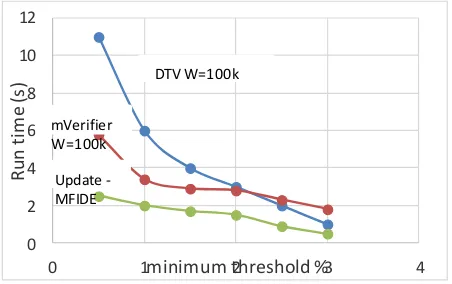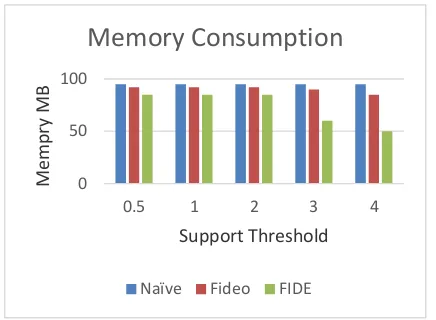An Approach for Mining Frequent Item sets from Tuple evolving Data Streams
Full text
Figure
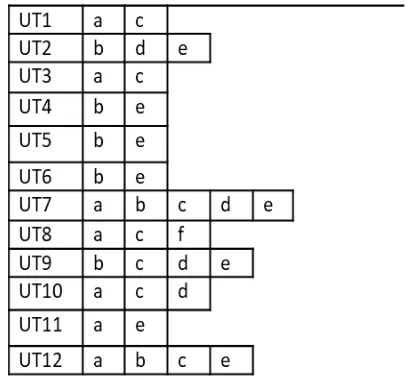
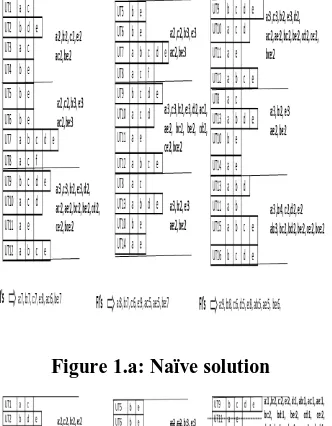
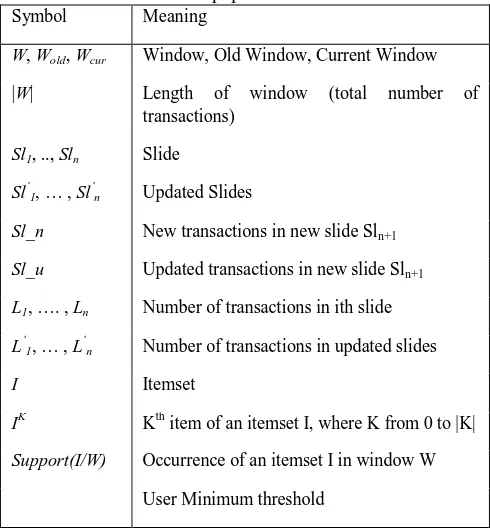
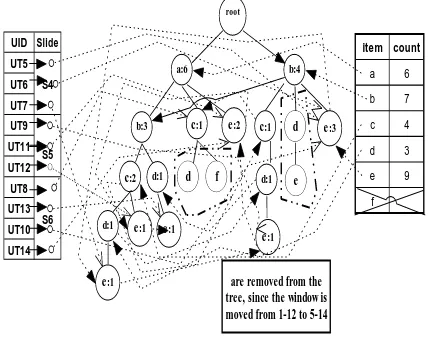
Related documents
Although researchers believe that the proprietorship theory of accounts did not develop until the nineteenth century, they do recognize that the transition from a journal-centred to
This study analyzed three 19 th century North Carolina history textbooks to determine if there were any changes in the historical narratives presented in these textbooks over the
Both the yeast gene HXK1, which locates within the QTL on F igure 1.—Dynamic change in average etha- nol tolerance of yeast segregant (dashed line) and zygote populations
It is interesting to note that the lethal chromosomes n,, n,, n3, n, were isolated from natural populations, while r l , rn, r3, r4 are radiation induced, and in both
Research question and research objectives This thesis aims to investigate the following overarching research question: What are the factors in assessment that enable or constrain
Figure 2 Estimated species richness (a) and Shannon diversity (b) for the edible food plant species in two arid (Boukoumbé) and semi-arid (Bassila) areas of Benin based on
Results: Total soil organic carbon concentration was significantly higher in exclosures as compared to terraces and non-conserved grazing lands.. Exclosures with terraces improved

